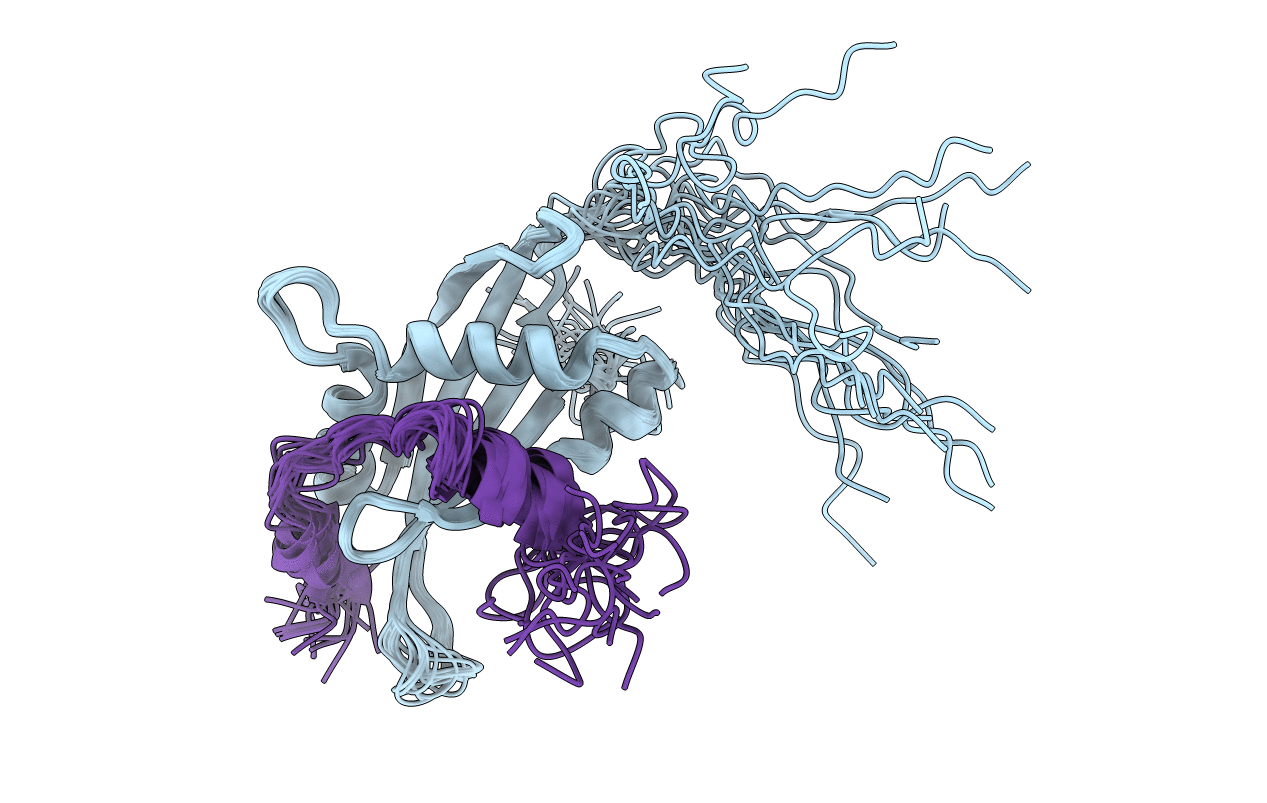
Deposition Date
2017-05-06
Release Date
2017-12-06
Last Version Date
2024-06-19
Entry Detail
PDB ID:
5NWM
Keywords:
Title:
Insight into the molecular recognition mechanism of the coactivator NCoA1 by STAT6
Biological Source:
Source Organism:
Homo sapiens (Taxon ID: 9606)
Host Organism:
Method Details:
Experimental Method:
Conformers Calculated:
100
Conformers Submitted:
20
Selection Criteria:
structures with the lowest energy


